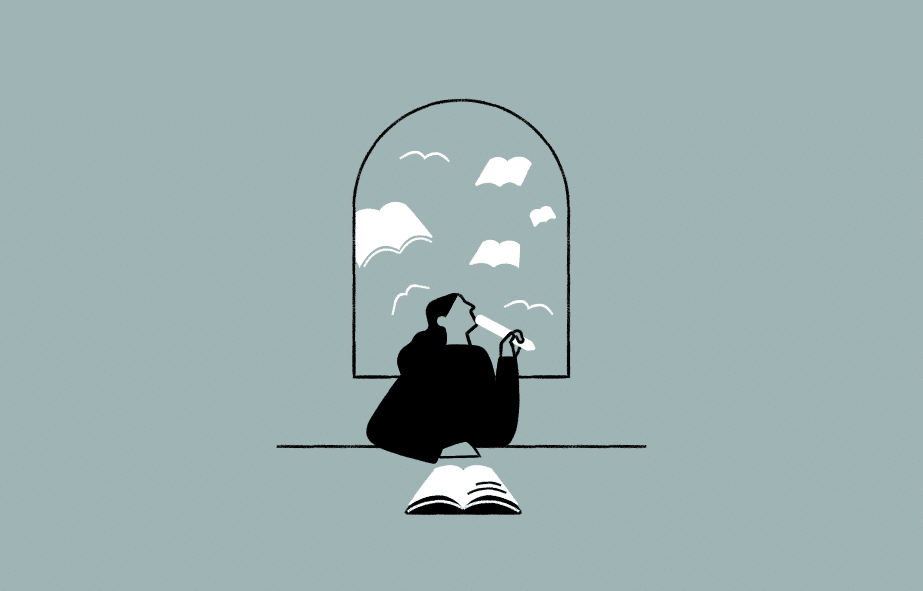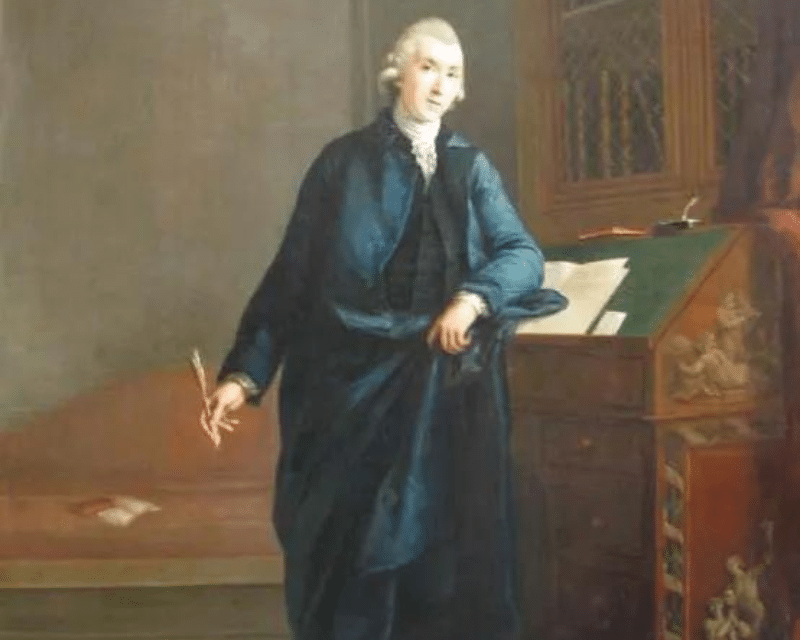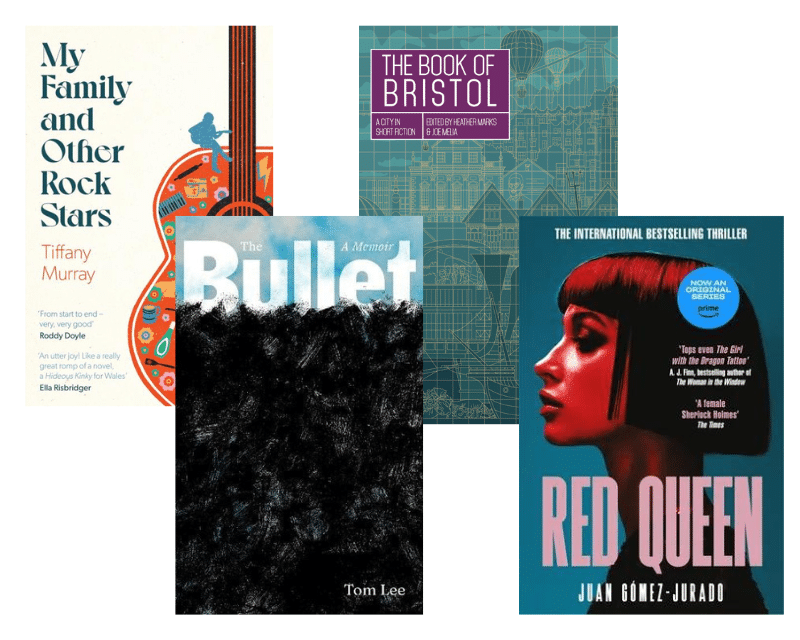- Collected
- Article
Nearest And Dearest
Researching Memoir

- 27 April, 2020
- Horatio Clare
When I set out to tell the story of my parents’ divorce in my first book, Running for the Hills, I was certain that I did not want to interview them. It would be hopeless, I felt, to solicit two accounts of how their life together had come apart. Londoners who bought a farm high on the side of a Welsh mountain, they were happy for a while. Then something went wrong, something exacerbated by trying to raise children and sheep, and trying to live in two places at once. The events and their circumstances were much of the story, but the ‘something’ was the point. How to get at it?
A direct approach would result in ‘He said, she said’ — two opposed records of their feelings in the present. It could not help us as a family, never mind the book. As we know, the past belongs equally to everyone and no two accounts of it are the same. Though memoirists write in the hope of capturing the past, by disinterring what was done and said we change the present, and the future, too. How, then, do you go about research — to what purpose and with what aim?
I began with the aim. Running for the Hills was a search for the story of what had happened to my parents. A child of divorce grows up with a question: was it in some way my fault? I wrote partly to find out. Starting with a simple question, however misdirected (it was not my fault, of course) is a tremendous engine for a book.
The next decision was to hold fast to the artistic ambition. During a visit to an exhibition of Monet’s paintings I came across a quote in which he said that all he was trying to do was capture an impression of how he felt when he looked at the world. This filled me with purpose and a kind of lightness. I was not a historian or an investigator; the story I wanted to tell did not call for scholarship or great pains of research (pain would come in other ways). All the book asked of me was that I give an impression – the brightest possible impression – of what I had felt and heard and seen. This is the great privilege and power of the memoir writer. We do not have to agonise. Our job is simply to capture something of the music of what happened, as Seamus Heaney put it, borrowing from Finn MacCool.
If I could get as close as possible to my own memories, if I could render them in the bright immediacy in which I saw them, then the main dream of the book might be realised. Ours had been a beautiful and extraordinary childhood, up there on the mountain. My mother had lived it and taught it to my brother and me as a great adventure. I believed in her philosophy – live and let live, live now, live with the natural world – and I wanted to share it.
I went to the photographs, to old strips of film, to my parents’ diaries – more like logs of sheep farming than intimate journals – and back to the place, above all. I walked the lanes and the hill fences again, the fields, the woods and the riddled courses of streams. It works, of course, that kind of ghost-hunting; it gives you the beauty and some of the truth. But it leaves a space in the middle. How did the people you are portraying, people you love dearly, really think?
Memoir’s body is composed of deeds but its anima, its life-spirit, hides in the spaces between speech and action, in thought and intention. In the middle of the book, writing about the days when the split became actual, when my father was no longer there, I hit crisis. The pain of the memories became an anguish in the present. I was exposing us in public, I felt. The memories with which I was working were treasure — by putting them at the service of what I feared was a not-very-good book, I felt I was selling it all off, and cheap.
I have been given three really good pieces of advice about writing, and the first I received now. A friend from work, which was BBC radio then, listened to my troubles. He was my boss on various programmes and I trusted his judgement absolutely. When I had finished he said, ‘But H, all we’re asking is that you give a true account of yourself.’
Such a simple line, but it changed everything for me. What was true was what I most thought and believed and felt was true, then as I experienced it and now as I wrote it. My approach to the research changed. I began to say a little of what I thought I had understood.
‘It seems incredible that you tried to be a farmer in Wales and a journalist in London at the same time,’ I said to my father. ‘It was!’ he cried, grinning. ‘Impossible. But your mother was absolutely committed. She presented it as a decision she had already made.’
By not asking, but by proposing, tentatively, I gave them space to speak, rather than answer. The book would have to sit easily with different faces of true. I believe this is an essence of memoir. Through writing we come to compassion, and compassion comes from the balancing of dissonant truths.
Researching trauma, recently, I discovered that this is known as a dialogic approach. It is used in various forms of counselling. Rather than working in a hierarchy, with the writer positioned like a judge, weighing evidence and passing sentence as your subjects’ voices compete for your favour, the trick is to be comfortable with variation and uncertainty, to give each truth its hearing. The writer’s voice then becomes one of many. If there must be a judge, let it be the reader.
After all, we are composed of different and contradictory versions and voices; we are sea-creatures, swimming through swells of imaginative truths, rather than rock-clingers anchored to fact. By accepting that no voice is definitive, and that all the reader wants is a candid and gentle guide, at ease with uncertainty, telling their truth, the writer is free to do all a writer ever wants to do: to enjoy setting the story down.
The book seemed to come of its own accord, then. My poor parents felt terribly exposed. Changing their names comforted them little. But almost from first reading, a strange thing happened. The book showed it was no one’s fault that two mismatched people had parted. The story was not of failure but of the heroism of degrees of success. The researching and the telling capsized the narrative I had grown up with — that my father had left us; in different ways, it seemed, Mum had also left him. The conflict between reason and romance was not embodied in one and set against the other. It was present in both, equally.
And readers came to our rescue. It was a story of love, readers and reviewers said, of love that fell apart, of a child’s love and admiration for his parents, of human love for a land and its creatures, of a woman’s love for children and place. In its wake, all four of us began to have different conversations. Perhaps a book of fact would have driven us apart. In its failure to be that, Running for the Hills drew us closer together.
The thing I like least about memoir is having to be in it. I have tried to retreat from writing ‘I’ as much as possible — a quixotic project, given I write travel, biography, travel-memoir, reportage and journals. But writing is about joy, about the pleasure of practicing an art. Running for the Hills taught me that the most fun I have at the desk is when I am writing about endeavour, courage, expertise and resourcefulness, about kindness and faith, about love and the beauty of the world. My idea of research, now, is to follow stories which lead me to people and places where these virtues are obvious. I have found them on cargo ships, along the swallow-roads of Africa and Europe, on icebreakers, in Bach’s footsteps through Germany, in the story of a disappearing bird species, in my own living room and on the worst commuter trains in the north of England.
I am happiest gathering and rendering polyphonies of voices, painting portraits of speakers and depicting their worlds. My next book, about crisis and healing, draws on memory, diary, interviews and research, but its pillars are the same. It aims to give a vivid impression of what happened, to make space for different truths and to sing in praise of people and the good they try to do.
You might also like:
The Life and Times of Reverend David Williams
As we get ready to celebrate our 234th anniversary on 18 May, a recent RLF grant beneficiary takes a deep…
Anywhere But a Room of One’s Own
I am a writer looking to be re-homed. All I need is a laptop, a table and a chair, and…
RLF Fellows’ News: May 2024
Publishing RLF Fellow Tom Lee’s new book, The Bullet, his memoir about family and mental health, has recently been published…


